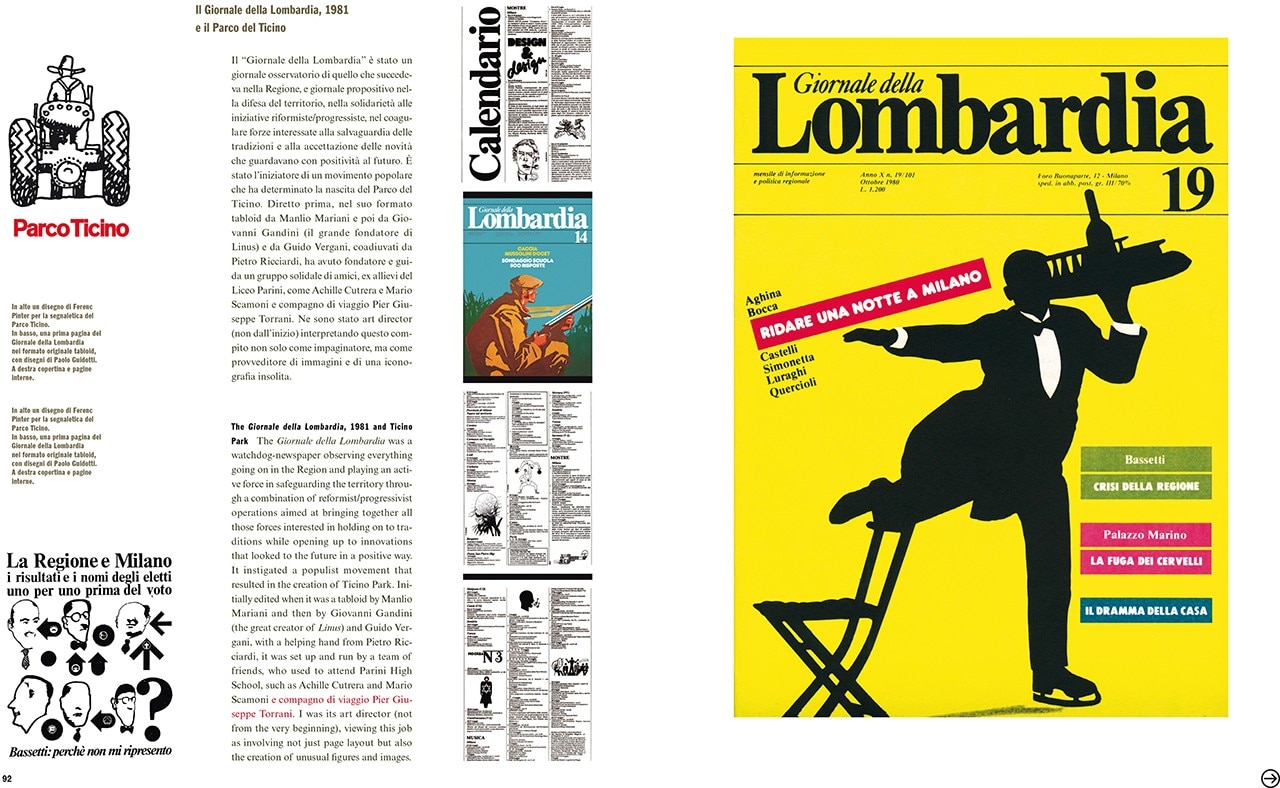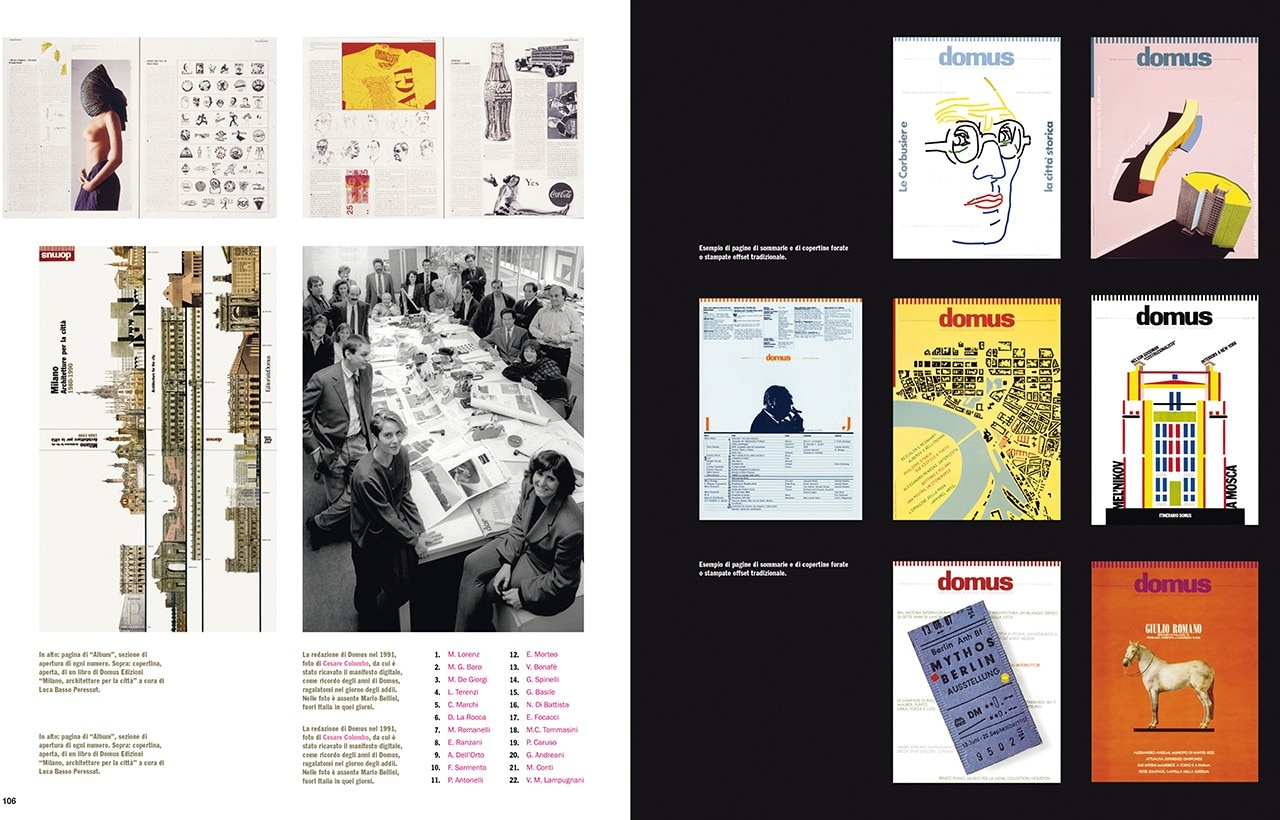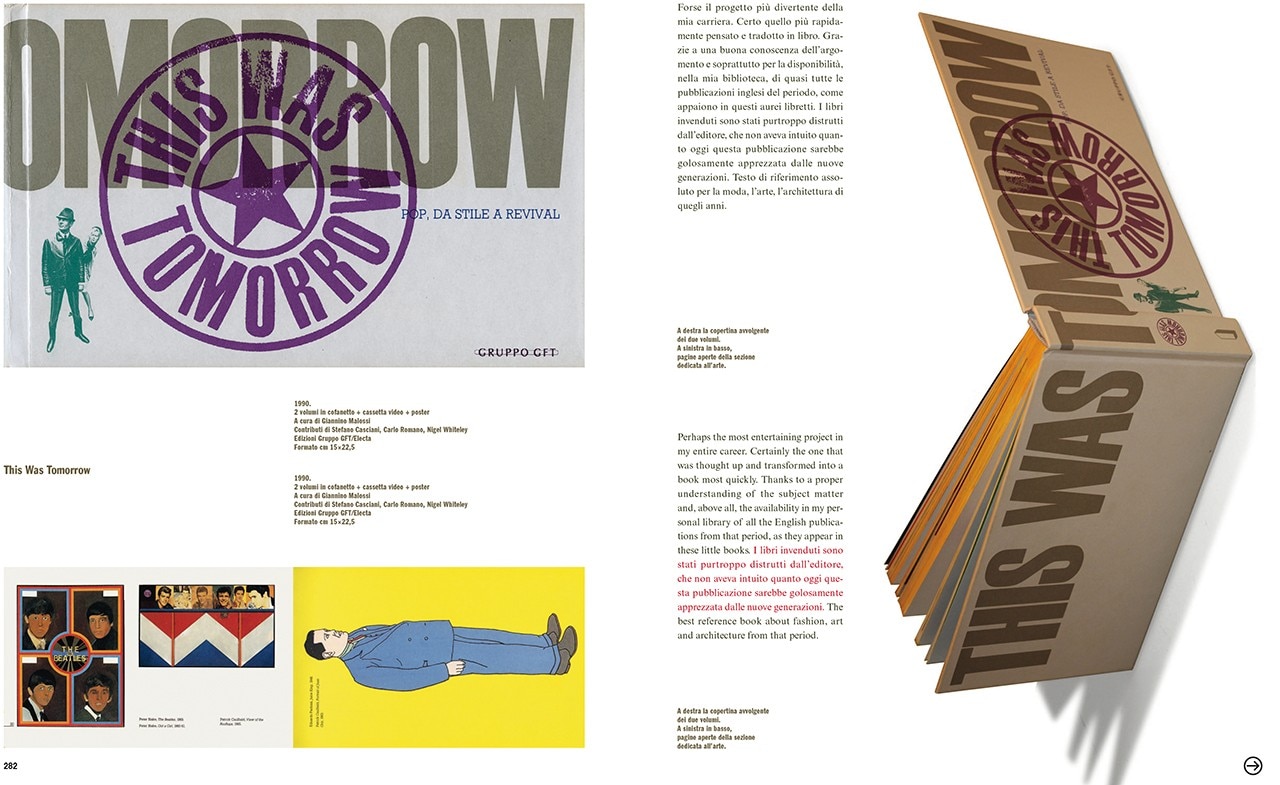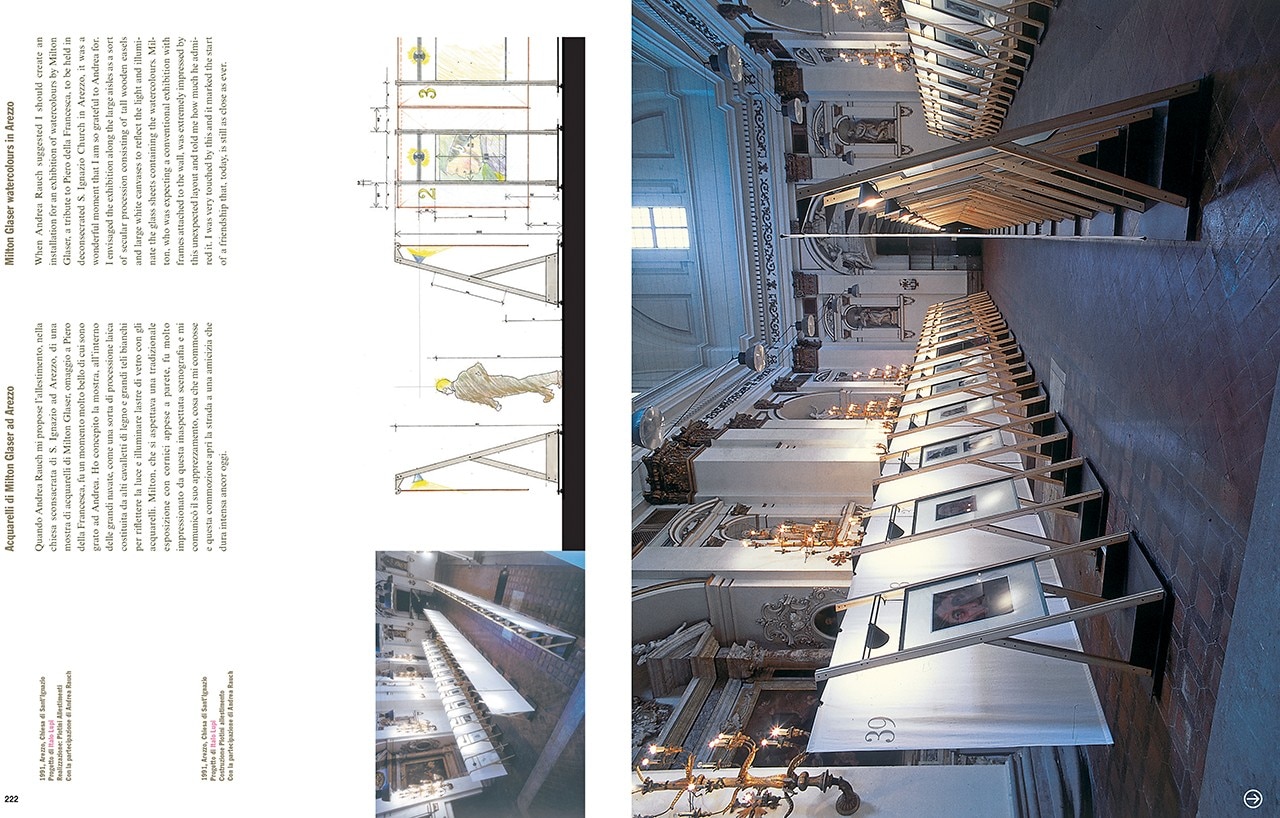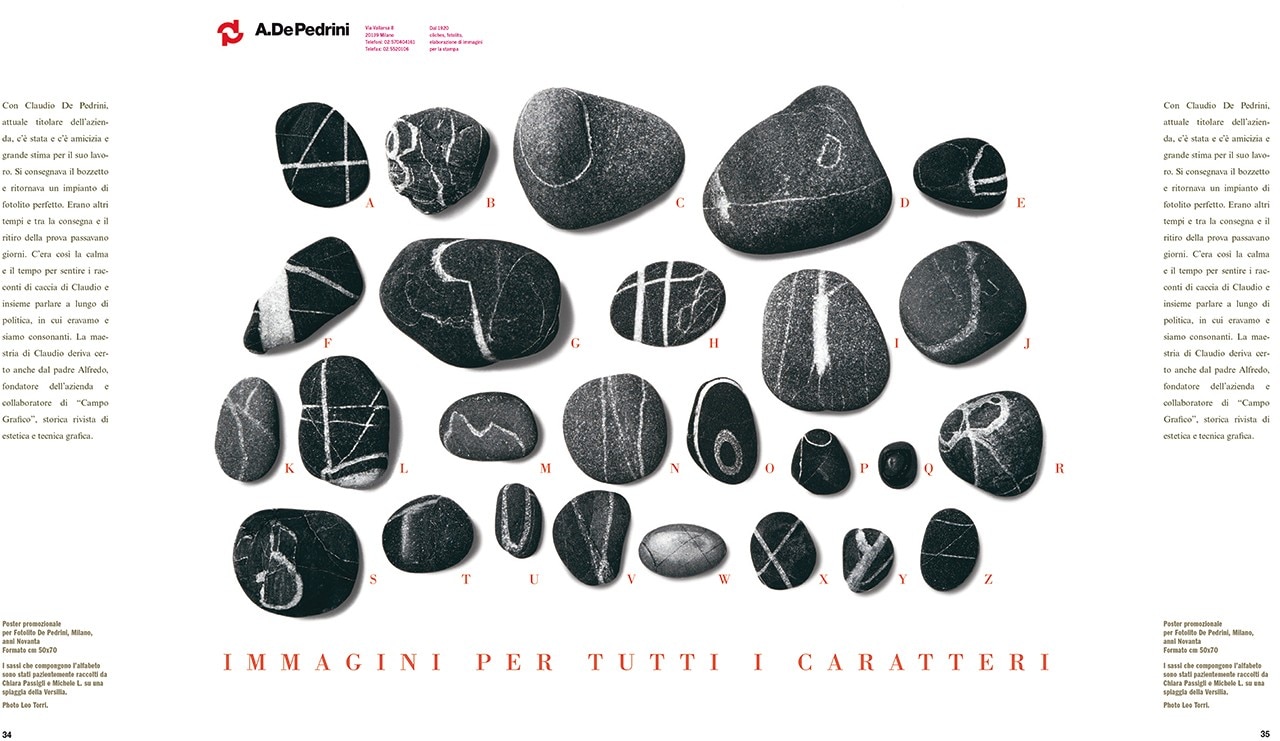D'abord que je vous dise qu'on ne risque rien à livrer le secret professionnel puisque on ne livre pas le moyen de s'en servir.
Jean Cocteau
On opening In Search of Lost Time, near the beginning of the first book one stumbles across a long description of the church at Combray. It is meticulous account, the purpose of which is to reveal to the reader the detail of a building that is all too often recognised only for its iconic nature. It is a provincial design, a minor example, but it is also a landmark for the inhabitants of the village who see it exclusively in terms of its function - liturgic and symbolic - rather than the complex relationship of its parts - body and tower - reducing its delicate design to a sketchy approximation of the overall. To remedy this error of blindness, Proust uses a method that reveals, through the unveiling of objects and places, the progressive and articulated design of an interior biography, emotive and analytical, the true protagonist of the novel. One cannot think of reading into the depths of one’s soul, the description of the church seems to tell us, if one cannot decipher the details on the surface of the world.
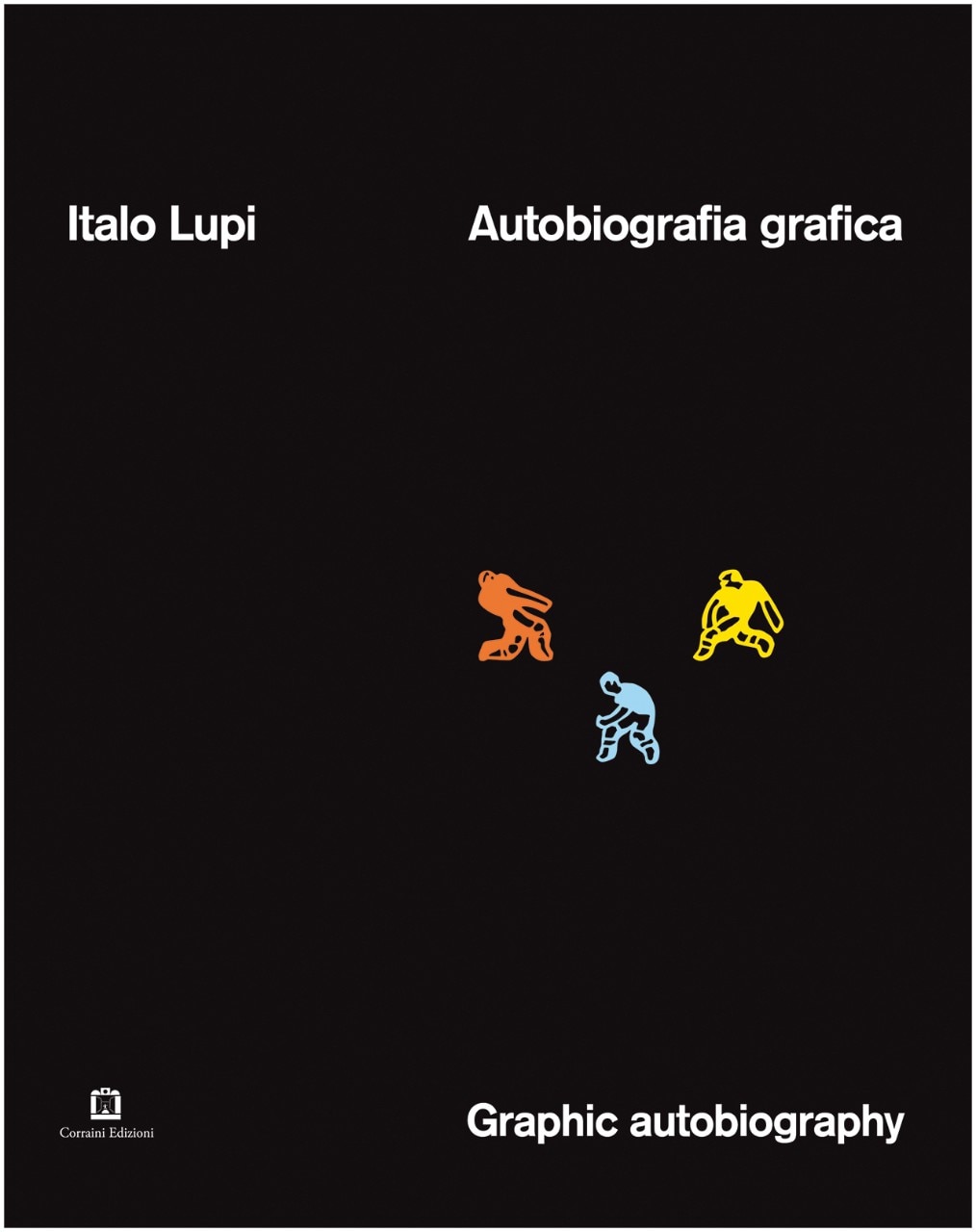
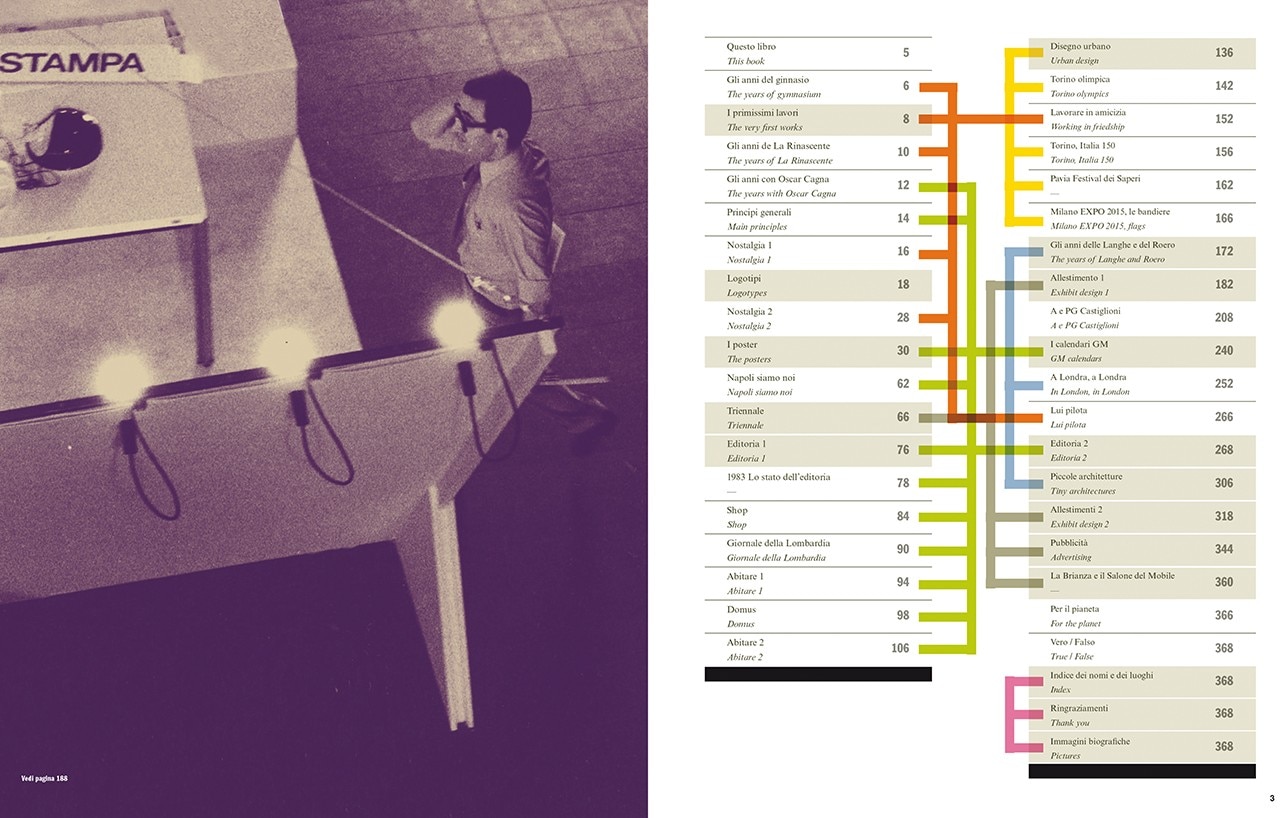
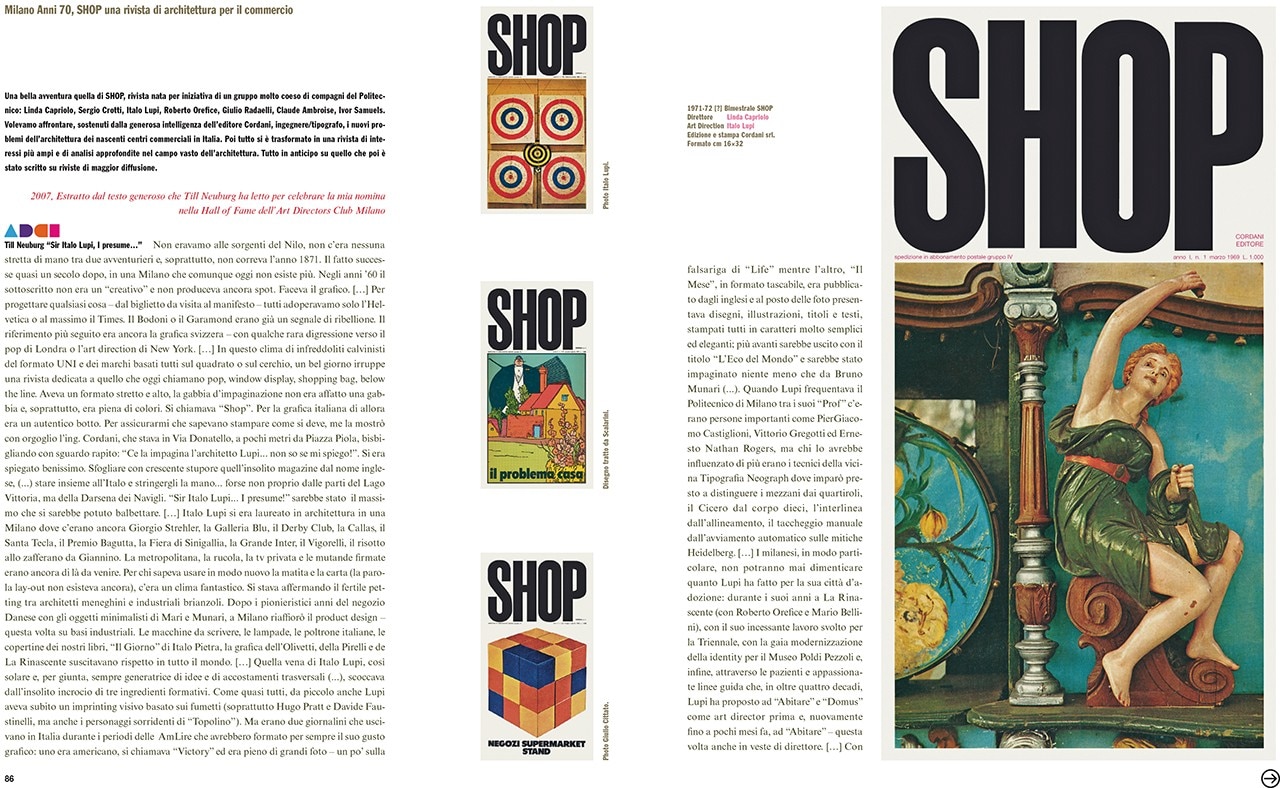
This much the author explains with a selection of entertaining recollections, in the first part given over to the years of education, enriched with pages of comic-strips – a touching one by Crepax features Lupi himself together with his wife – magazine covers and early graphic designs. Here names of people, friends and indirect teachers emerge but what appears above all is evidence of the passion that drives a generous curiosity rewarded in the projects of later years. These are separated into a series of general areas – publishing, exhibitions, urban design, covers, small works of architecture, advertising – that are then broken down into smaller fragments, still very significant, made up of reminiscences and selected articles, tributes to great designers and places linked to professional and sentimental experiences – Turin, Tokyo, Milan, London – names of leading magazines and exceptional events – a prime example being the 1968 Triennale – occasional collaborators and long-standing friends. It is difficult to identify a focal point in a book that by vocation glides across the surface of the history of the second half of the twentieth century with the assuredness of one who has experienced the events first-hand, one who has written, using the tools of his own trade, a number of important pages in the “Italian novel”.
